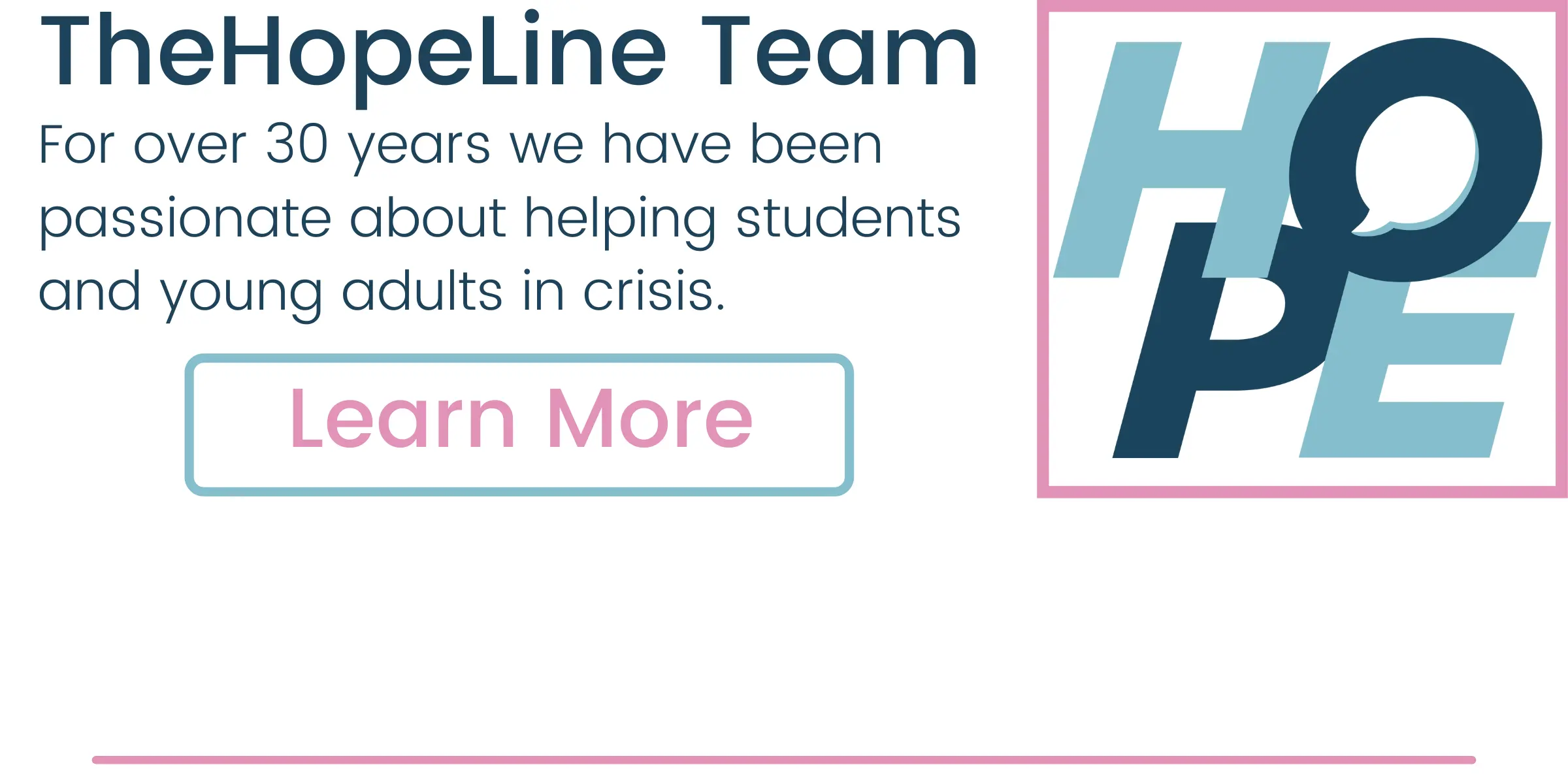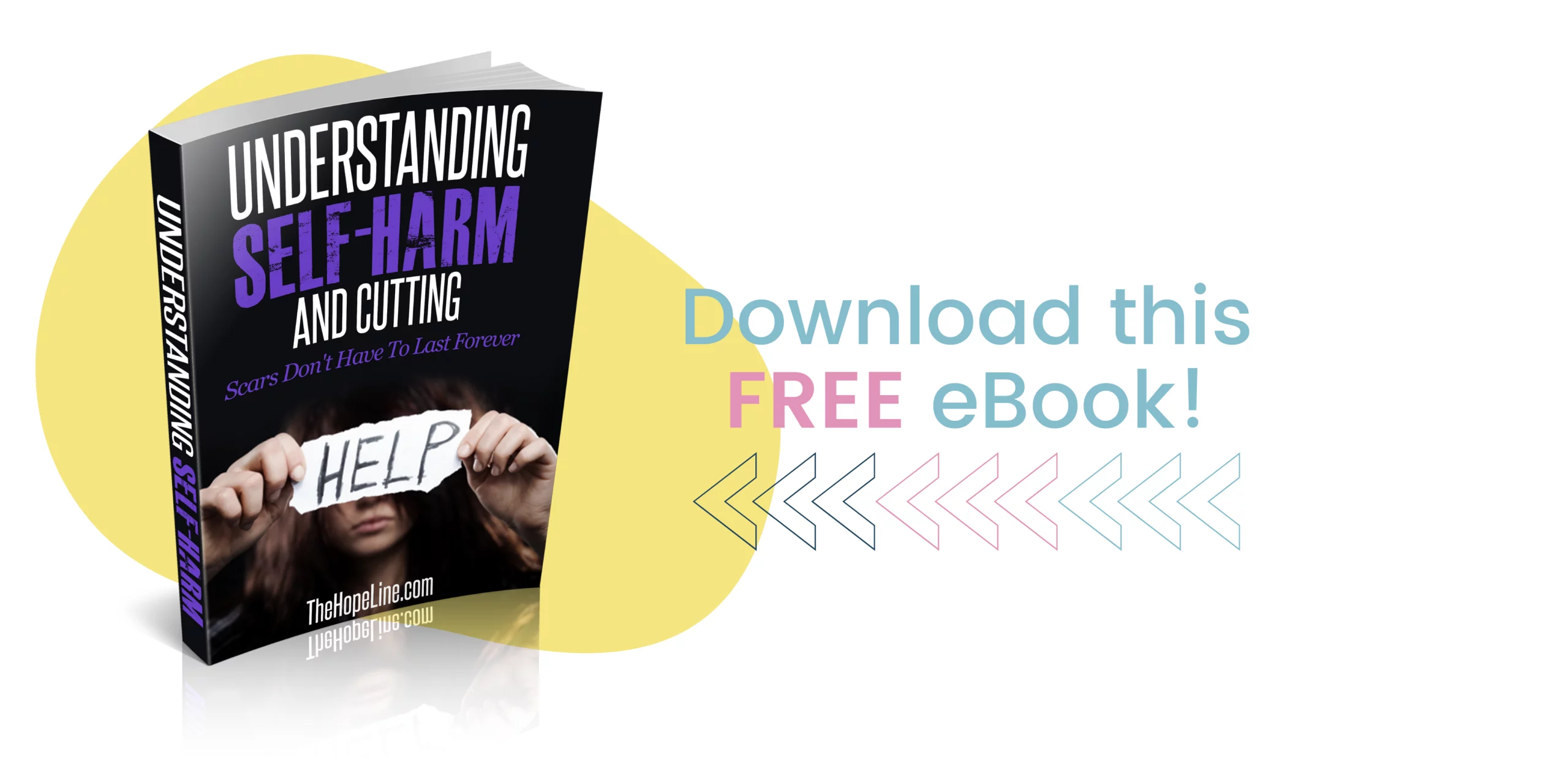Every year in March we dedicate some time to be aware of the pervasive problem of self-injury. To those who have never struggled with the compulsion to hurt themselves, it can be nearly impossible to imagine WHY the people you love would ever want to do such a thing. It might seem drastic, counterintuitive, or even dramatic to someone who does not understand. What you need to know, if you suspect that a person in your life has been self-injuring, is that self-harm is an all too common symptomatic behavior of many mental health problems.
What to Know About Self-Harm
Why Would Someone Hurt Themselves?
From “run of the mill” depression and anxiety to eating disorders and borderline personality disorder, mental illness often leaves its victims with the desperate urge to hurt themselves. Why? Do they want to commit suicide? Not necessarily. Though it’s not always a sign of suicidality, that is probably the most well-known reason behind self-harm in pop culture. In reality, the “why” behind self-harm can be extreme feelings of isolation, the desire to find relief from another intensely painful feeling, to distract from overwhelm, to cope with numbness, to have a sense of control, or to self-punish because of a deep sense of shame.
How Might Someone Hurt Themselves?
Self-injury isn’t just cutting. Though that’s often the first behavior that comes to mind when we broach the subject of self-harm, there are a lot of other ways that self-injurious tendencies can manifest. Common forms of self-harm include:
- Cutting - using a sharp edge to draw blood and leave marks on the skin.
- Burning - using a match, lighter, or other heat source to cause pain, create blisters, or leave marks on the skin.
- Scratching - using fingernails or an object to rub the skin raw, perhaps even drawing blood and leaving a scar.
- Self-hitting - using fists, palms, or an object to make repeated blows at one’s own body, causing pain and even bruising.
- Pinching - using fingers or objects to pinch parts of the body until pain, numbness, or even loss of circulation occurs in an area.
- Head-banging - hitting the head against a wall or other object to cause pain or bruising, even resulting in concussions.
- Piercing skin with needles or other sharp objects - similar to cutting, this can be with the intention of drawing blood or leaving a mark. Some may even have an addiction to visiting tattoo and piercing parlors.
- Hair pulling - forcibly removing hair from the body, resulting in bleeding and bald spots.
- Inserting objects under the skin - can also result in bleeding, bruising, or even infection.
Self-harm could also manifest as disordered eating, excessive exercise, choosing to go to locations or engaging in behaviors that could result in danger, or frankly even “doom-scrolling” on social media. Anything that a person does with the full knowledge that it could hurt their mind or body in an attempt to assuage the pain and overwhelm of their circumstances or mental illness could be considered self-harm. That doesn’t mean that if you spent 6 hours on TikTok yesterday that you were self-harming, but if that becomes a compulsive, repetitive behavior that impacts other areas of your life and remains a secret even to those closest to you, it might be worth discussing with a trusted adult or counselor.
How to Spot Self-Injury in Others
Those who engage in self-harm are often experts in hiding or disguising their behavior. They may be high achievers in school and well-liked by everyone who knows them. Even those who engage in a self-injuring behavior that leaves marks or scars know where and when to do so in a way that others may never see or notice their broken skin. They suffer in silence because they know being discovered would hurt their loved ones and possibly force them to stop their addictive behavior.
You’re likely not going to catch someone in the act of self-harm, but there are ways to detect self-injury if you know what to look for. If you notice any of these things in a friend or family member, they may be coping with self-injury:
- Visible or fresh scars, bite marks, or bruises, often in a specific area of the body.
- Repeatedly rubbing or holding a certain spot on their body or a surprising tenderness or reaction to having a specific spot bumped or touched by others.
- Wearing long sleeves, pants, or hoodies even when it’s against dress code or the weather is too hot for such clothes. May also avoid or refuse to participate in activities that would require more revealing clothing.
- Consistently making excuses for visible injuries, odd clothing choices, or other suspicious behaviors.
- Consistent negative self-talk, expressions of hopelessness, or other signs of low self-esteem.
Do You Suspect Someone You Love May Be Self-Injuring?
Ultimately self-injury becomes an addiction. Though it starts as a coping mechanism, it often evolves into a crutch. The person depends on the release of self-harm in order to function daily and may even need to escalate the behavior to continue feeling relief. Because of this, it’s important that if you suspect self-harm, you say something. But how do you do that?
The most important thing to remember when it comes to confronting someone who might be self-harming is that they are already in pain and likely feel deep shame about what they do. That’s why they hide it! If you approach them with judgment, you’ll be proving their deep fear that nobody will understand what they’re going through. They need you to bring love, empathy, and patience with you into any conversation about their well-being. Try starting by telling them how much you care for them and letting them know that you’re ready to listen whenever they need to talk. If you’ve noticed specific signs of self-harm, tell them. They may be tired of hiding and longing to share what they’ve been going through. Just listen.
Let Them Know There’s Hope After Self-Harm
Once you’ve reached out and listened to the person in your life who’s self-harming, and if they’re ready to hear what you have to say, share with them that they are loved. They don’t have to go through this alone, and there is hope for a future without the pain they endure every day. Jesus is very familiar with a pain that leaves scars and loves us without judgment and regardless of our shame.In Him, we can cast off the burdens that might drive us toward self-injury, and we can also run to Him when we’ve gone back to old coping mechanisms time and again. Encourage your friend to reach out to a Hope Coach who can share Christ’s love with them and talk to them about their struggle.
Our Hope Coaches can also be a great help to you! They can help you process how to approach someone about self-injury or connect you with resources that can support you both. You can also text the Crisis Text Line or call the National Suicide Prevention Lifeline at 1-800-273-TALK. Nobody should have to go through a struggle with self-injury by themselves, and at TheHopeLine, we want you to know that there are people who want to provide nonjudgmental support to both you and your loved ones.
It can be very difficult to talk about self-harm, especially to parents. Find out how to talk to your parents about self-harm.




